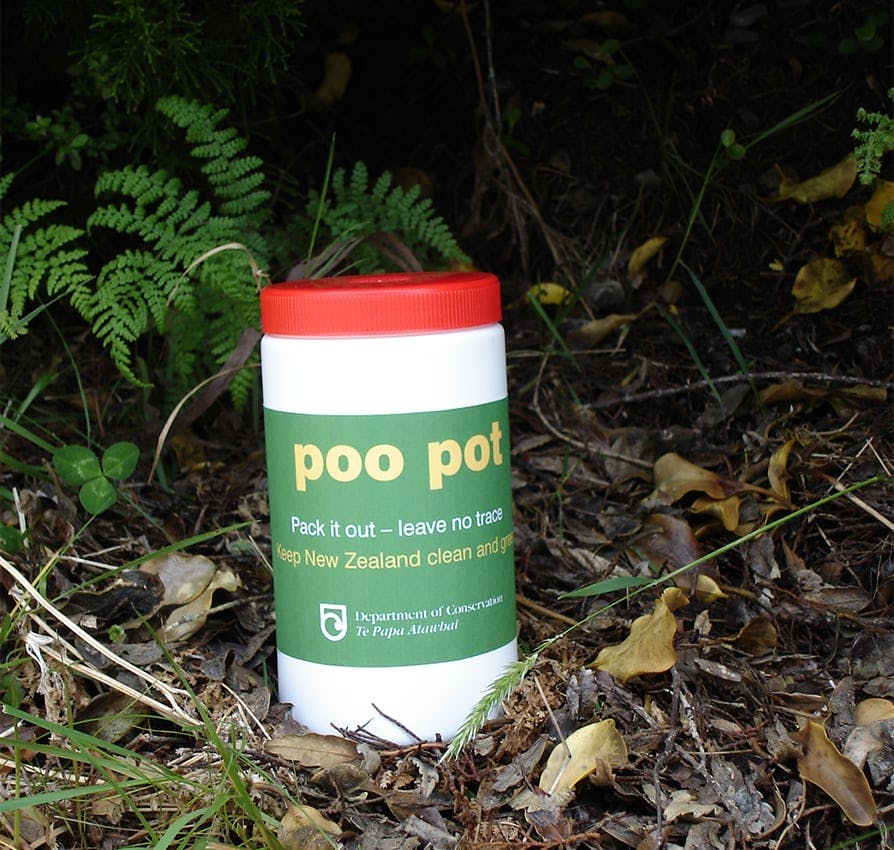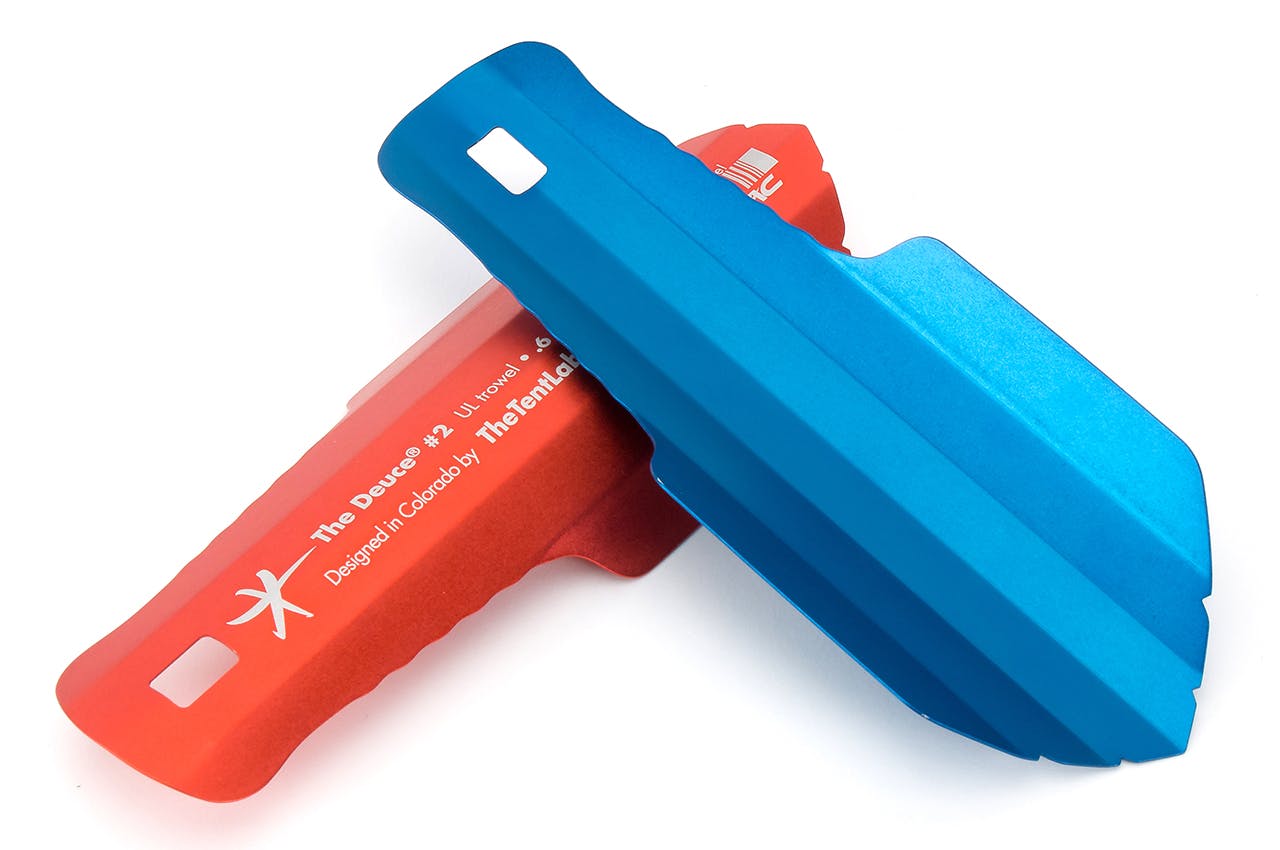When you gotta go, you gotta go. This mantra may be the reason why in recent years human excrement has become an increasingly common sight on popular tracks around the country.
Unfortunately, it’s not something that works in the New Zealand backcountry. Not only are faeces and used toilet paper a blight on a pristine landscape, but they can also contaminate streams and rivers with harmful, long surviving parasites like giardia.
The Department of Conservation has been attempting to educate track users about the best practice in the backcountry. But what exactly are the options for someone – whether seasoned tramper or day-tripping tourist – to avoid a messy situation when busting in the bush?
Bury it. It’s a no-brainer for many trampers and has long been accepted as standard procedure. The practice is advocated by DOC and Federated Mountain Clubs, both of which provide the same instructions: always carry a pocket trowel, dig a shallow hole about 15cm deep and at least 50m from any waterways, tracks or campsites. When finished, refill the hole and cover with leaves.
But this method only works in forested or vegetated areas. In rocky or alpine landscapes, holes might be harder to dig. The cooler temperature also means that waste will not decompose as easily and may remain for a long time. In these situations, all three organisations advise packing out the waste.
“A portable container should always be used when tramping through alpine environments and caves,” says Federated Mountain Clubs executive officer Danilo Hegg. “It can then be emptied in the nearest toilet.”
DOC provides just such a container, which can be bought at regional visitor centres. Called a Poo Pot, it consists of a screw top container and several biodegradable cornstarch liners. The user deposits waste onto the liner, wraps it up and seals it securely inside.
An alternative product, known as a Wag Bag (Waste Alleviation and Gelling) is also available. Unlike the Pootube, the user can defecate directly into the biodegradable inner Wag Bag, which solidifies the waste with a silica-like substance enabling multiple use. This can then be folded down and sealed in the odour-proof outer bag.
There are also more heavy duty options such as the Eco Safe Toilet System. Used by the 1998 Mt Everest Cleanup Project, the product is exactly as the name suggests – a portable, lightweight toilet with the capacity for 50 uses.
As useful as these products are, they’re typically aimed at experienced trampers. To accommodate the crowds of backpackers and freedom campers next summer, DOC intends to put more rangers on the ground to encourage appropriate behaviour and build more toilets.
“Where we have put in extra resources, we’ve had really positive results,” says Aaron Fleming, DOC southern South Island operations director. “Education is the key, and we’ll continue to work hard to manage people’s behaviour. It’s all part of caring for the environment.”
Make your own poo pot
You’ll need: a large diameter PVC pipe, screw caps for each end, webbing and corn-starch liners
How: Glue a cap to one end, add the cornstarch liners, screw the cap on the other end, attach the webbing for easy carrying or clipping to your pack.
Or, buy a trowel:
Deuce of Spades $32
‘The Deuce’ ultralight toilet trowel tips the scales at just 17g. It’s the only trowel that can be used upside down – you can dig with either the wide end or narrow (handle) end, and it’s sharp enough to cut through small roots.








